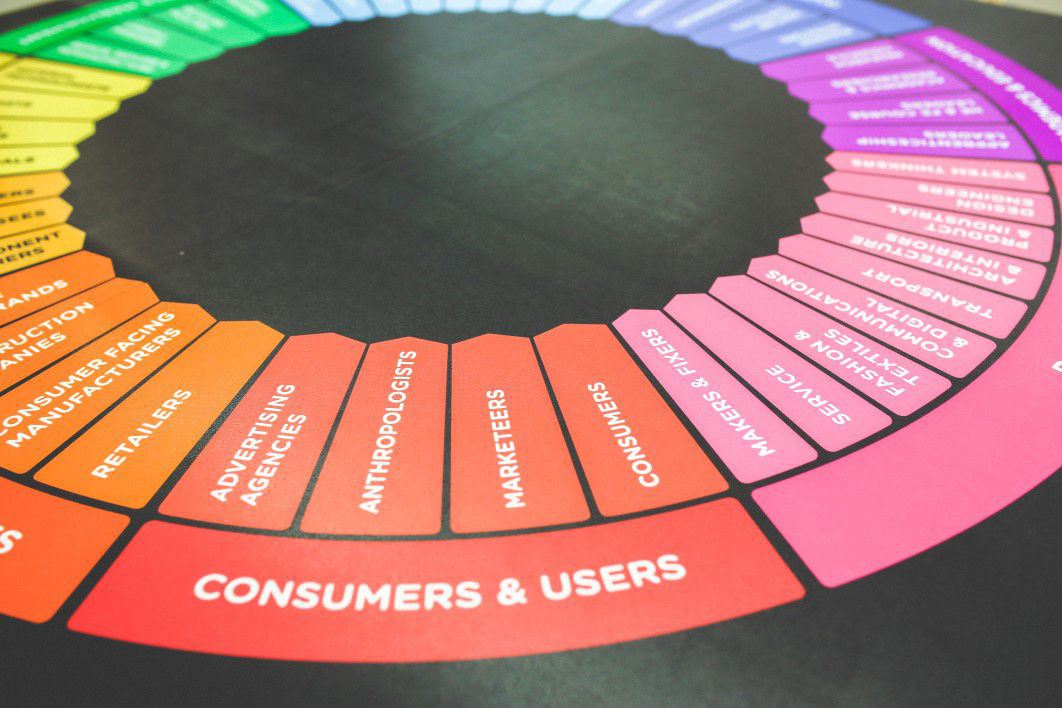Marketing Attribution Models are broadly divided into two categories: Single-Touch Models and Multi-Touch Models.
Single-Touch Models
As the name suggests, single-touch models only consider one touchpoint in the customer’s journey. It is usually the first touchpoint or the last one. Let’s understand them in detail.
· First Touch/Interaction Model
This model gives all the credit for the sale to the first touchpoint. This method is often used to know what is attracting customers to your brand. So, if a customer discovered you through a Google Search Ad, visited your website and then made a purchase, all the credit will be given to your search ad.
This model is helpful for brands that have longer sales cycles and wish to create brand advocates.
· Last Touch/Interaction Model
The last touch model is also known as the qualified lead model. This model gives 100% credit to the last interaction the customer had with the brand before converting. Google Analytics and various other platforms use this model as the default. It helps businesses be conscious of the marketing channels or campaigns that are driving conversions. This model is helpful for businesses that have shorter sales cycles. As per a report, 41% of marketers use the last-touch model for online attribution.
· Lead Creation Model
This model takes the difference between a prospect and a lead seriously. It gives 100% credit to the touchpoint where a prospect gets converted to a lead. It will help you to understand where the prospect voluntarily shares their personal information and becomes a lead.
· Last Non-Direct Click Attribution Model
Non-direct interaction refers to all the traffic that has been directed to the website from another source. This model gives 100% credit to the customer’s last non-direct touchpoint. A few examples of non-direct touchpoints are social media posts, e-mail, LinkedIn Ads, etc.
· Customizable Last Most Important Touch Model
This model is customizable. The last touchpoint of the specified channel is given 100% credit. So, all the reports will depict one channel as the driving force for all the sales.
Multi-Touch Models
Multi-touch models are used by 75% of companies to measure marketing performance. These models take into consideration the entire customer journey while giving different weights to different touchpoints. There are various types of multi-touch models depending on the purpose they solve. These are explained below:
· Linear Attribution Model
This model divides the credit equally amongst all the touchpoints in the customer’s journey. So, if there were four touchpoints in the customer’s journey, each will get 25% credit for the sale.
· Time Decay Attribution Model
Like linear attribution, each touchpoint is given credit in this model. The only difference is that the most recent touchpoints are awarded more credits and the older interactions get less credit.
· U-Shaped Attribution Model
This model is also known as position-based attribution. Here, the first interaction and the touchpoint where the prospect gets converted to a lead, get 40% credit each. 20% of the remaining credit is spread out amongst all the other touchpoints.
· W-Shaped Attribution Model
The credit is split up between first-touch interaction, last touch interaction and the qualified-lead milestone. Each of these points gets 30% of the credit. The rest is given to the other touchpoints but it is not significant.
· Z-Shaped Attribution Model
All the touchpoints in the customer journey are given credits in this model. The four most important touchpoints are given 22.5% of the credit. The remaining 10% is equally split amongst the touchpoints that are left.
Which model is best for your business?
The answer to this question isn’t as easy as it may seem. Usually, experienced marketers use a combination of marketing attribution models for the best results. It isn’t one size fits all. You may use one model but the insights will be limited. For example, if you use the last-touch model, you’ll miss out on the entire customer journey before that point. The presence of brands on multiple channels makes the process even more complicated.
If you wish to venture into the world of marketing attribution considering its benefits, you should get in touch with us so that we can present a tailor-made marketing attribution model just for your business.






